12
Jun
Researchers Find that Fipronil Causes Transgenerational Toxic Effects
 (Beyond Pesticides, June 12, 2019) A new study finds that the widespread insecticide fipronil causes transgenerational toxicity across generations of zebrafish. Fipronil, already known to be highly toxic to aquatic organisms, is now implicated in causing even more damage than previously thought. Even individuals who are not themselves directly exposed are shown to suffer from maternally transmitted toxic effects, including a more than doubled mortality rate.
(Beyond Pesticides, June 12, 2019) A new study finds that the widespread insecticide fipronil causes transgenerational toxicity across generations of zebrafish. Fipronil, already known to be highly toxic to aquatic organisms, is now implicated in causing even more damage than previously thought. Even individuals who are not themselves directly exposed are shown to suffer from maternally transmitted toxic effects, including a more than doubled mortality rate.
The study, published in Environmental Pollution, tracks hatching, growth, and survival of offspring whose mothers were exposed to fipronil. Researchers exposed a total of 90 adult female zebrafish to environmentally relevant levels of fipronil, within the range of concentrations known to occur in U.S. surface waters, for a period of 28 days. After exposure, females were mated with unexposed males, and their offspring were monitored for hatching, growth, locomotor behavior, heart rate, toxicity and gene expression assays. The conclusion: maternal fipronil exposure induced multiple toxic effects in offspring, including a 30% reduction in hatch rates and, alarmingly, a more than doubling of the offspring mortality rate.
Fipronil is a broad-spectrum insecticide widely used for indoor and turf pest control in the U.S., and identified as a ubiquitous contaminant of U.S. surface waters. Fipronil is a known endocrine disruptor and has been shown to disrupt thyroid function in humans and wildlife.
These new results indicate that non-target organisms need not be directly exposed to fipronil to feel its effects. Offspring in the study were found to be contaminated with fipronil and its highly toxic degradation product, fipronil sulfone, at concentrations that varied in a dose-dependent manner with maternal treatment. Maternal transmission of toxins, authors report, may have caused some of the observed toxic effects. However, in addition to the more direct pathway of toxin transmission, the indirect disruption of maternal thyroid hormones likely played a major role in harming offspring.
Fipronil sulfone, a highly toxic derivative of fipronil, detected in offspring in the new study, has previously been shown to cause thyroid disruption in mammals. Adding to these findings, authors of the present study found that fipronil exposure, both direct and indirect, significantly lowered the levels of thyroid hormones. Because maternal thyroid hormones are known to be critical to embryonic development, the researchers believe that this mechanism of thyroid disruption to be one of the principle drivers behind the observed toxic effects.
Aquatic organisms are far from the only group threatened by continued use of fipronil and similar systemic insecticides. Fipronil has been heavily implicated in elevated bee toxicity and decline, acting to reduce behavioral function and learning performances in honey bees, for example. One 2011 French study reported that newly emerged honey bees exposed to low doses of fipronil and thiacloprid succumbed more readily to the parasite Nosema ceranae compared to healthy bees,  supporting the hypothesis that the synergistic combination of parasitic infection and high pesticide exposures in beehives may contribute to colony decline. An extensive overview of the major studies showing the effects of pesticides on pollinator health can be found on Beyond Pesticidesâ What the Science Shows  webpage.
Fipronil is also a threat to human health. It has been classified by the U.S. Environmental Protection Agency (EPA) as a Group C (possible human) carcinogen. A recent study of pesticide exposure among teenage girls living in Salinas Valley found that 84 out of 97 girls were routinely exposed to fipronil sulfide, a breakdown product of fipronil. As the authors note, fipronil âhas exhibited oncogenicity and neurologic toxicity in animal studies,â raising concerns for 86.6% of children living in agricultural zones, whose routine exposure levels the study reflected.
These newest findings add to the litany of harms wrought by continued use of fipronil and similar toxic insecticides. Risk assessments cannot possibly capture the complex and nuanced ways in which the chemicals we allow to reach ubiquitous levels in our waterways end up causing irrevocable damage to countless organisms, and to ourselves. If fipronil can harm fish without directly touching them, what else can it do?
Join Beyond Pesticides in advocating for regulation and management that follows the precautionary principle. Stay abreast of the latest updates in science and regulation by following the Beyond Pesticides Daily News Blog. Become a member to gain access to a supportive network of like-minded individuals and organizations. Together, we can build a future free of toxic pesticides.
All unattributed positions and opinions in this piece are those of Beyond Pesticides.
Source: Environmental Pollution









 (Beyond Pesticides, June 11, 2019) Genetically engineered (GE) wheat developed to tolerate repeated applications of Bayer Monsantoâs Roundup herbicide has been discovered in a farm field in Washington State. The U.S. Department of Agriculture (USDA) has never approved a GE wheat variety for commercial production, making the incident a potential economic export risk. In the past, Asian and European countries have temporarily blocked purchases of U.S. wheat as a result of GE contamination. Organic and non-GE farmers are also at risk as any contamination with non-GE varieties can result in loss of certifications and price premiums.
(Beyond Pesticides, June 11, 2019) Genetically engineered (GE) wheat developed to tolerate repeated applications of Bayer Monsantoâs Roundup herbicide has been discovered in a farm field in Washington State. The U.S. Department of Agriculture (USDA) has never approved a GE wheat variety for commercial production, making the incident a potential economic export risk. In the past, Asian and European countries have temporarily blocked purchases of U.S. wheat as a result of GE contamination. Organic and non-GE farmers are also at risk as any contamination with non-GE varieties can result in loss of certifications and price premiums.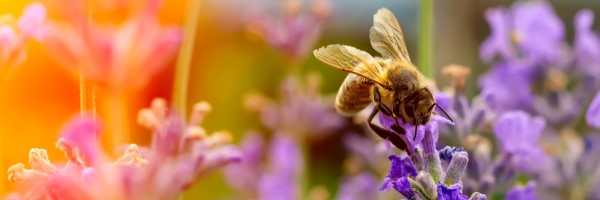 (Beyond Pesticides, June 10, 2019)Â On May 20, U.S. Representative Nydia Velazquez, with 18 co-sponsors, introduced H.R. 2854, âTo amend the National Wildlife Refuge System Administration Act of 1966 to prohibit the use of neonicotinoids in a National Wildlife Refuge, and for other purposes.â The bill follows an August 2018 Trump administration announcement that reversed a 2014 U.S. Fish and Wildlife Service (FWS) decision to ban neonicotinoid insecticides on National Wildlife Refuges.
(Beyond Pesticides, June 10, 2019)Â On May 20, U.S. Representative Nydia Velazquez, with 18 co-sponsors, introduced H.R. 2854, âTo amend the National Wildlife Refuge System Administration Act of 1966 to prohibit the use of neonicotinoids in a National Wildlife Refuge, and for other purposes.â The bill follows an August 2018 Trump administration announcement that reversed a 2014 U.S. Fish and Wildlife Service (FWS) decision to ban neonicotinoid insecticides on National Wildlife Refuges. (Beyond Pesticides, June 7, 2019)Â Fruit orchards and vineyards endure some of the most intensive chemical management in all of agriculture. What has not been investigated â until now â is how pesticide drift from such agricultural sites may be affecting nearby public spaces. A recent,
(Beyond Pesticides, June 7, 2019)Â Fruit orchards and vineyards endure some of the most intensive chemical management in all of agriculture. What has not been investigated â until now â is how pesticide drift from such agricultural sites may be affecting nearby public spaces. A recent, 


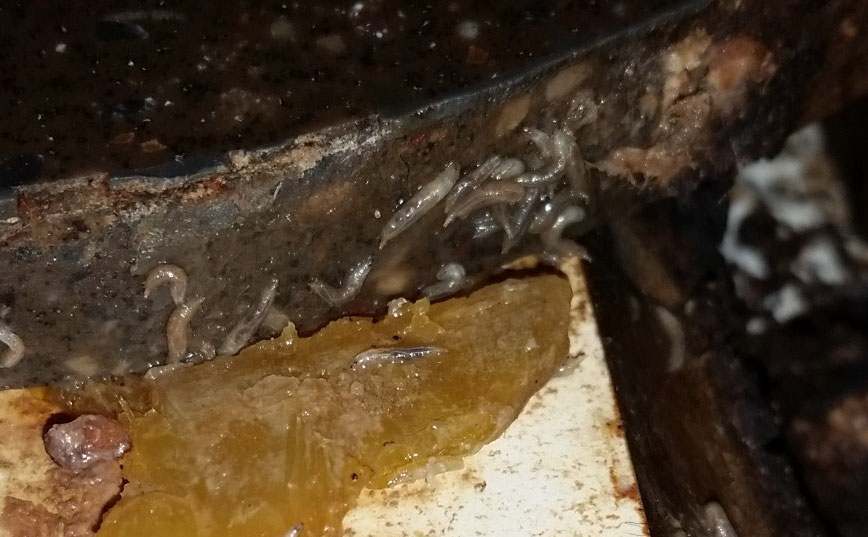
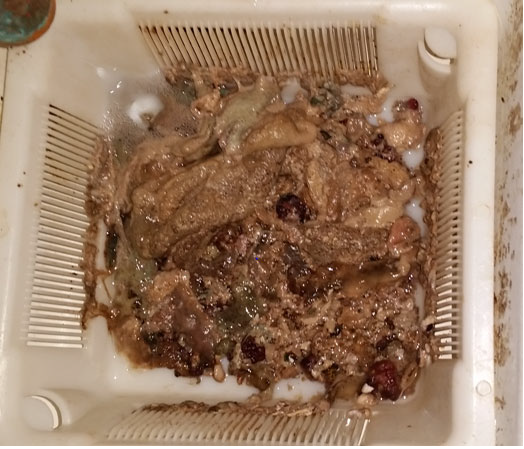
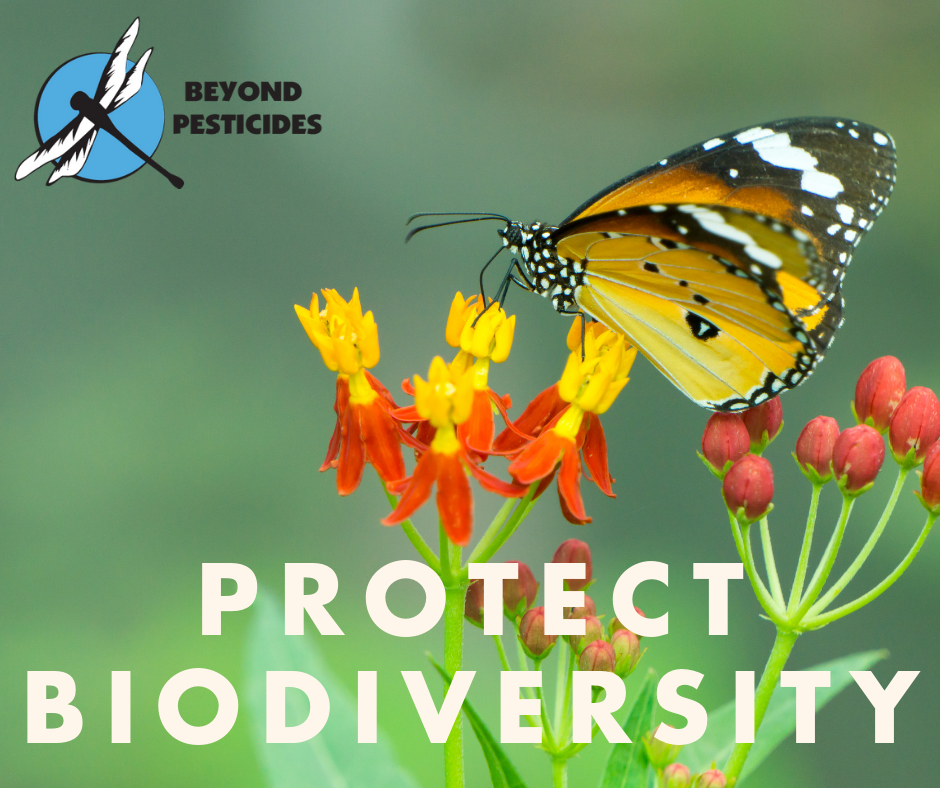 (Beyond Pesticides, June 3, 2019)Â As the signs of environmental crises tied to pesticide use escalate and the need for action becomes more urgent, elected officials at the state level must step up to meet the challenges to protect biodiversity and ecosystems essential to life. Waiting on Congress to act allows precious time to pass without critically needed action. The White House fails to acknowledge scientific findings about adverse effects that threaten the sustainability of the environment and human survival. In the last several months, key pieces of science call for dramatic action to eliminate toxic pesticide use and put organic and sustainable practices in place.
(Beyond Pesticides, June 3, 2019)Â As the signs of environmental crises tied to pesticide use escalate and the need for action becomes more urgent, elected officials at the state level must step up to meet the challenges to protect biodiversity and ecosystems essential to life. Waiting on Congress to act allows precious time to pass without critically needed action. The White House fails to acknowledge scientific findings about adverse effects that threaten the sustainability of the environment and human survival. In the last several months, key pieces of science call for dramatic action to eliminate toxic pesticide use and put organic and sustainable practices in place.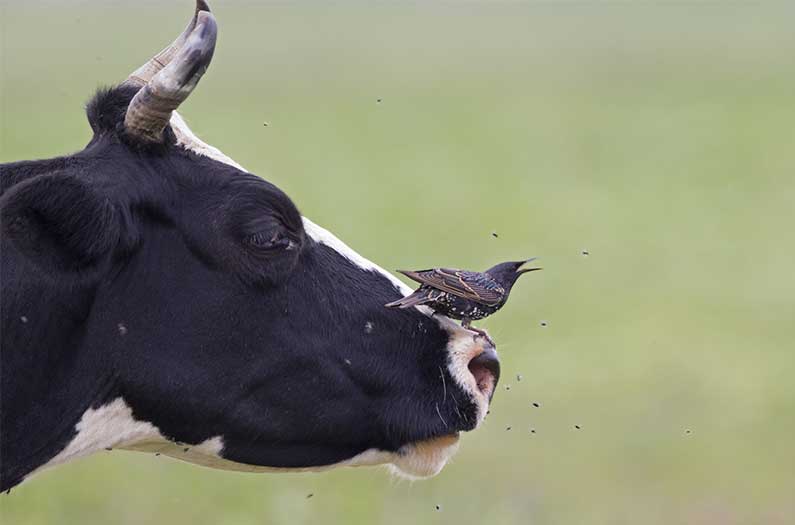
 (Beyond Pesticides, May 30, 2019) Last week, the U.S. Fish and Wildlife Service (FWS) agreed to a 2020 deadline for reaching a decision on protection status for monarch butterflies under the Endangered Species Act. This agreement comes nearly five years after the filing of a petition by conservationists with the Center for Biological Diversity and Center for Food Safety led to the launch of an ongoing status review in 2014. While FWS deliberates, monarch butterflies continue their staggering, decades-long population decline, perhaps for the last of their decades.
(Beyond Pesticides, May 30, 2019) Last week, the U.S. Fish and Wildlife Service (FWS) agreed to a 2020 deadline for reaching a decision on protection status for monarch butterflies under the Endangered Species Act. This agreement comes nearly five years after the filing of a petition by conservationists with the Center for Biological Diversity and Center for Food Safety led to the launch of an ongoing status review in 2014. While FWS deliberates, monarch butterflies continue their staggering, decades-long population decline, perhaps for the last of their decades.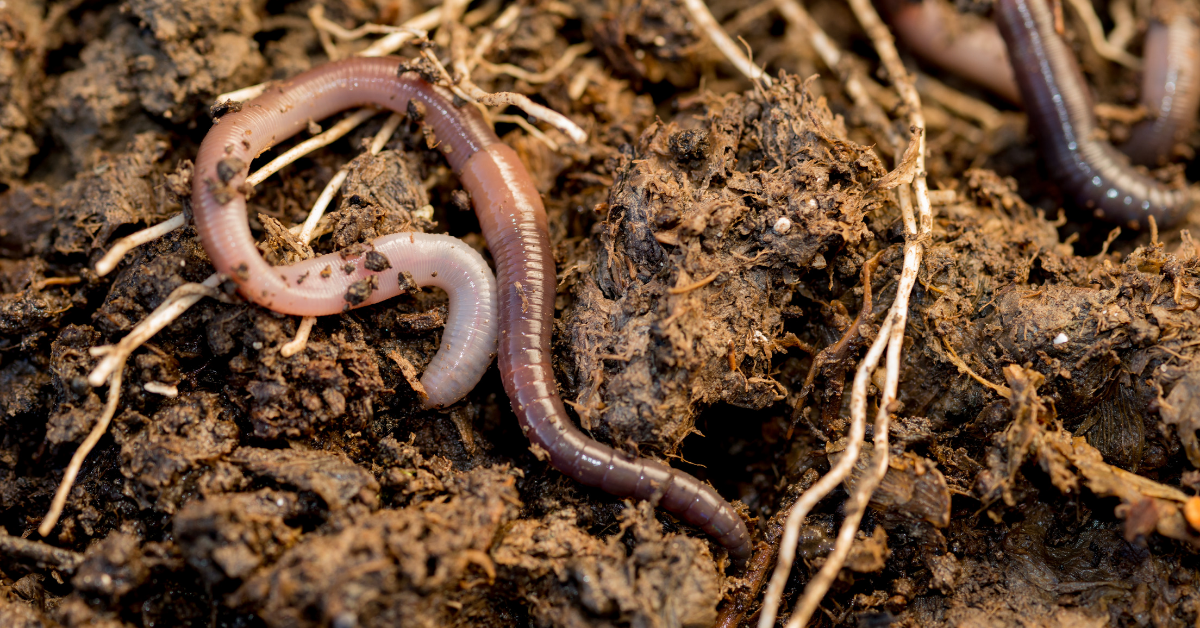 (Beyond Pesticides, May 29, 2019) A soil health monitoring study in England finds that an alarming 42% of surveyed fields are deficient in a wriggly measurementâearthworm populations. Over half the farmers recruited in this citizen science evaluation said they planned to change their soil management practices as a result of the earthworm monitoring results.
(Beyond Pesticides, May 29, 2019) A soil health monitoring study in England finds that an alarming 42% of surveyed fields are deficient in a wriggly measurementâearthworm populations. Over half the farmers recruited in this citizen science evaluation said they planned to change their soil management practices as a result of the earthworm monitoring results. (Beyond Pesticides, May 28, 2019) In yetÂ
(Beyond Pesticides, May 28, 2019) In yet  (Beyond Pesticides, May 24, 2019)Â
(Beyond Pesticides, May 24, 2019)Â 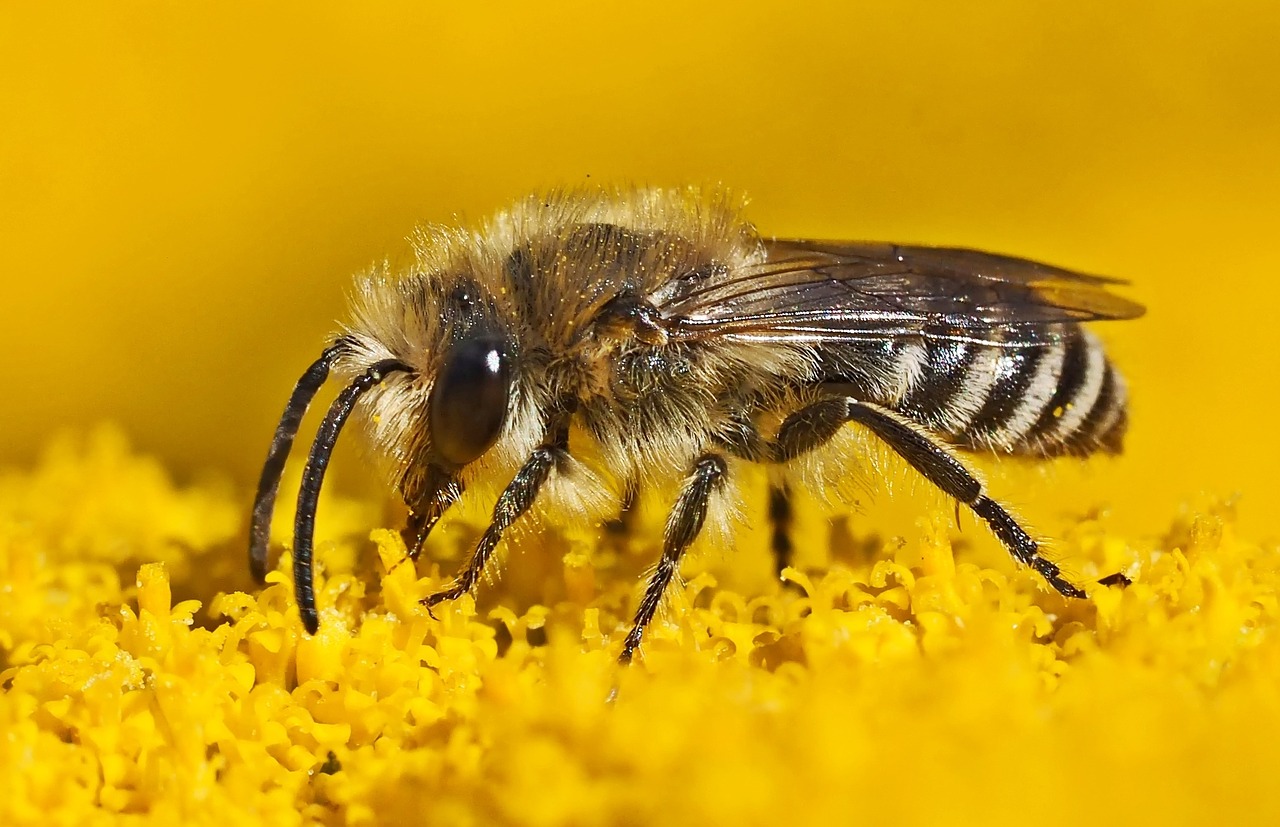 (Beyond Pesticides, May 23, 2019) On Monday in the conclusion of a lawsuit, the U.S. Environmental Protection Agency (EPA)
(Beyond Pesticides, May 23, 2019) On Monday in the conclusion of a lawsuit, the U.S. Environmental Protection Agency (EPA) 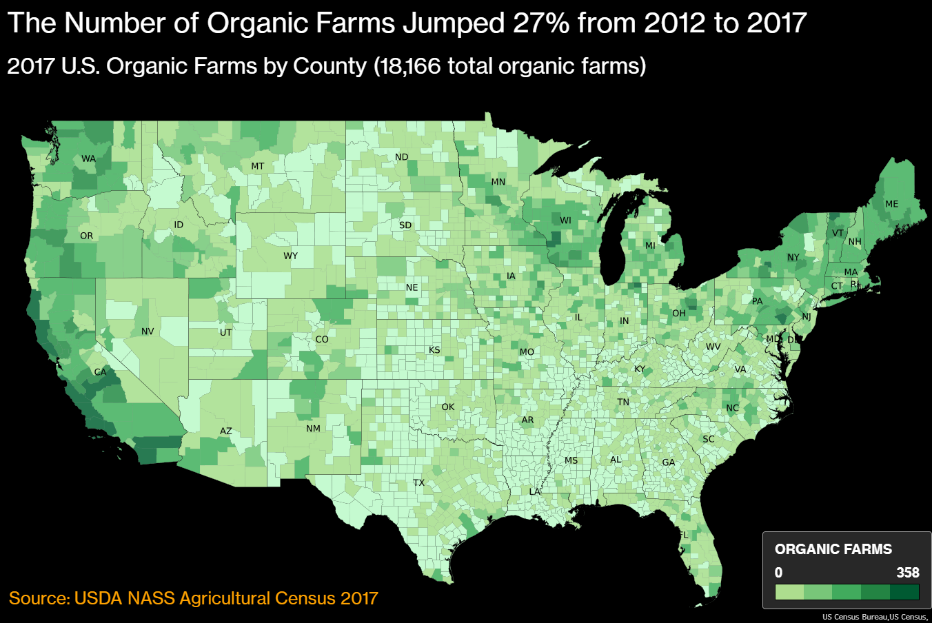
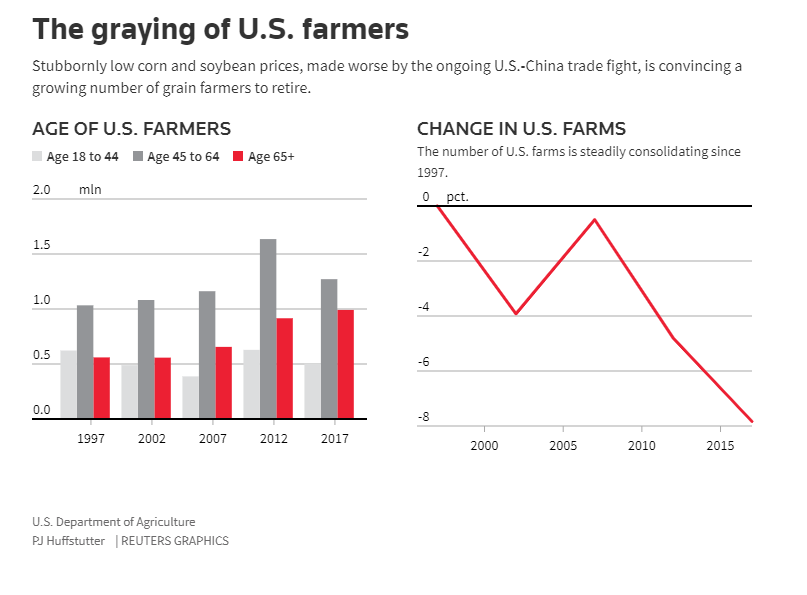

 (Beyond Pesticides, May 17, 2019)Â After two decades of co-sponsoring and co-funding
(Beyond Pesticides, May 17, 2019)Â After two decades of co-sponsoring and co-funding 
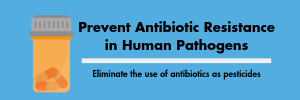 (Beyond Pesticides, May 14, 2019)Â Your voice is needed to stop the use of two specific antibiotics, streptomycin and oxytetracycline, whose uses in agriculture are under EPA review. Thank you to those who, last week,Â
(Beyond Pesticides, May 14, 2019) Your voice is needed to stop the use of two specific antibiotics, streptomycin and oxytetracycline, whose uses in agriculture are under EPA review. Thank you to those who, last week,  (Beyond Pesticides, May 13, 2019) The Center for Biological Diversity (CBD) filed four lawsuits last week challenging the Trump administrationâs failure to release a trove of documents detailing how the administration is regulating dangerous pesticides, especially as they relate to endangered species. Meanwhile, the U.S. Environmental Protection Agency (EPA) released a set of proposedÂ
(Beyond Pesticides, May 13, 2019) The Center for Biological Diversity (CBD) filed four lawsuits last week challenging the Trump administrationâs failure to release a trove of documents detailing how the administration is regulating dangerous pesticides, especially as they relate to endangered species. Meanwhile, the U.S. Environmental Protection Agency (EPA) released a set of proposed  (Beyond Pesticides, May 10, 2019) The Earth, its natural systems, and as many as a million species are at enormous risk from human activity, says a
(Beyond Pesticides, May 10, 2019)Â The Earth, its natural systems, and as many as a million species are at enormous risk from human activity, says a 
